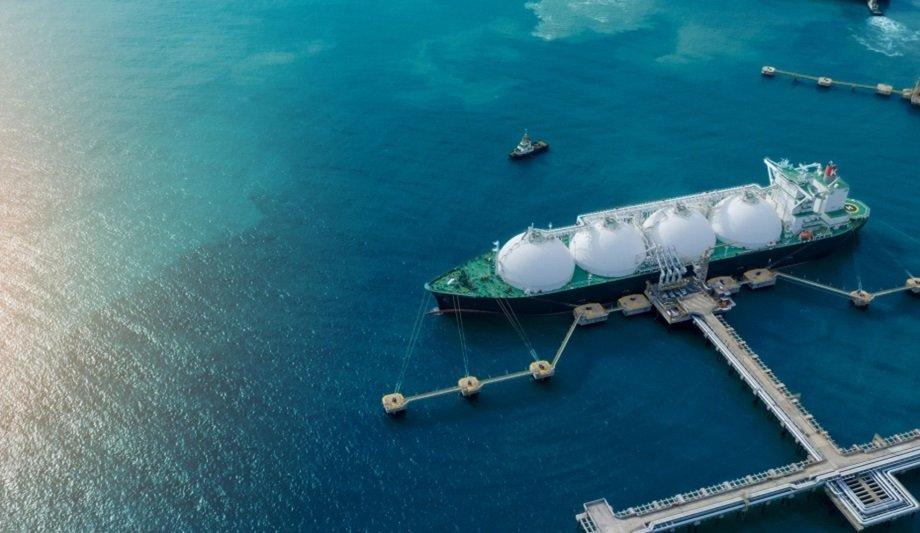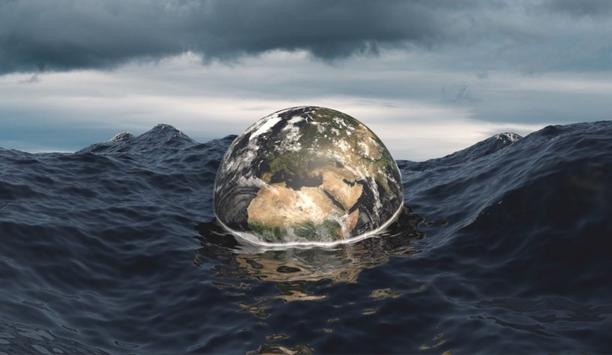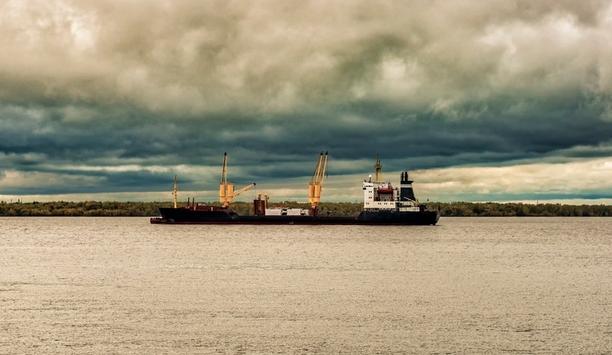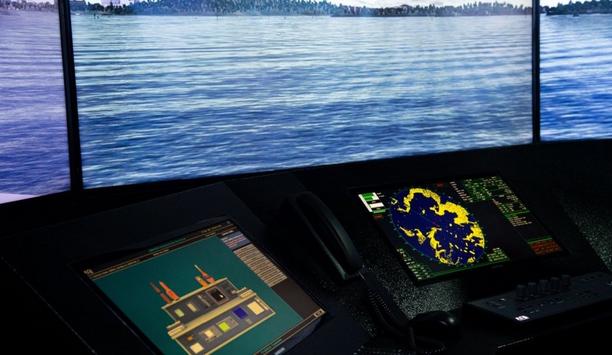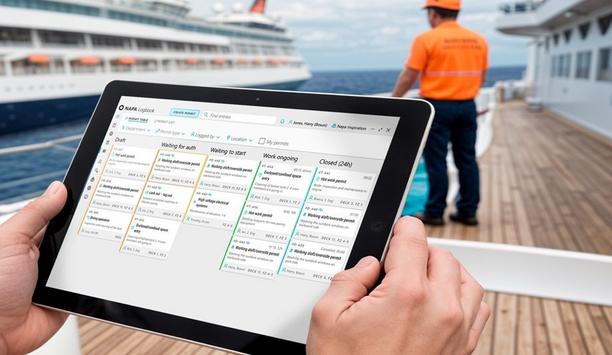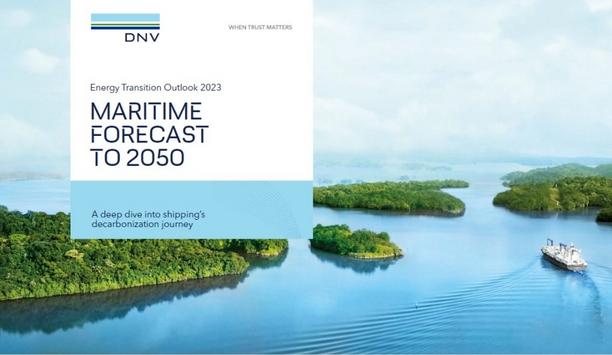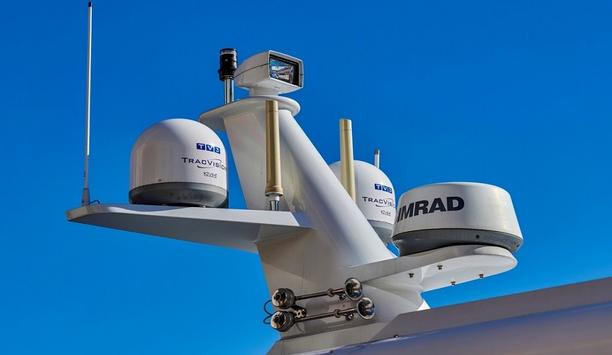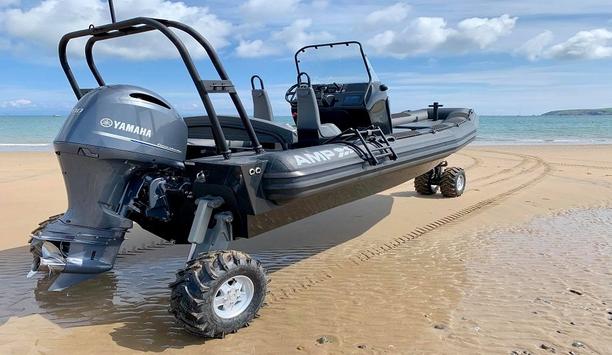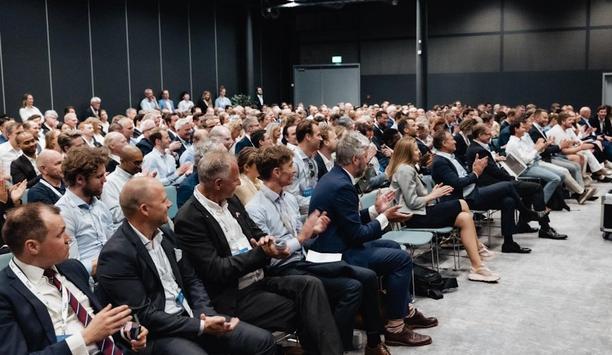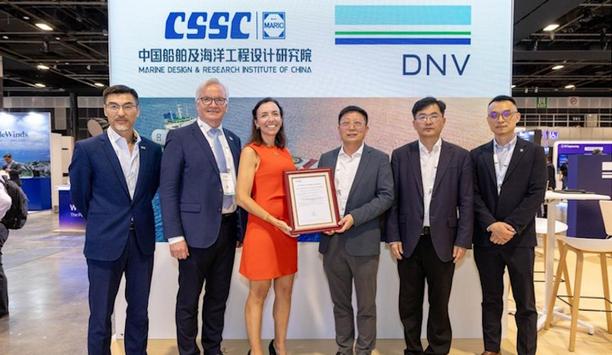As the maritime industry accelerates its journey toward decarbonisation, the focus on alternative fuels has intensified.
E-methane
E-methane, a synthetic gas produced using renewable electricity and carbon capture, is emerging as a promising substitute for conventional natural gas. This innovative fuel offers a way to significantly reduce greenhouse gas emissions while leveraging existing liquefied natural gas (LNG) infrastructure.
For maritime professionals, the potential benefits of e-methane extend beyond environmental gains, this fuel could revolutionise ship propulsion, enhance regulatory compliance, and help future-proof operations.
Understanding e-methane and its intent
E-methane is a synthetic, renewable fuel designed to mimic the properties of conventional methane
E-methane, also known as synthetic methane, is a carbon-neutral fuel produced through the electrolysis of water using renewable energy sources, such as wind or solar power. The resulting hydrogen is then combined with carbon dioxide captured from industrial emissions or directly from the atmosphere to produce methane.
Unlike fossil-based natural gas, e-methane is a synthetic, renewable fuel designed to mimic the properties of conventional methane while minimising the carbon footprint of maritime operations.
Reducing fossil fuel dependency
The primary intent behind the adoption of e-methane in the maritime industry is to reduce the sector's dependency on fossil fuels and contribute to global climate goals.
The fuel’s carbon-neutral lifecycle, combined with the potential for net-zero operations, makes it an attractive option for ship owners and operators looking to meet increasingly stringent environmental regulations.
The technology behind e-methane production
The production of e-methane involves two critical technologies: electrolysis and carbon capture. Electrolysis is the process of splitting water molecules into hydrogen and oxygen using electricity.
When this electricity comes from renewable sources, the resulting hydrogen is considered “green.” This green hydrogen is then synthesised with captured carbon dioxide to create methane, chemically identical to natural gas.
Carbon capture technology
This approach creates a closed carbon loop where the CO2 produced during combustion is offset by the CO2 used
Carbon capture technology is essential for e-methane production. CO2 can be captured from various industrial processes, such as cement production or power generation, or directly from the atmosphere through direct air capture (DAC) technologies. By using this captured CO2 in the production of e-methane, the process effectively recycles carbon that would otherwise contribute to atmospheric greenhouse gases.
This approach creates a closed carbon loop where the CO2 produced during combustion is offset by the CO2 used during fuel synthesis, making e-methane a potentially net-zero option for maritime fuel.
Applications in the maritime industry
E-methane offers significant advantages to the maritime industry, particularly in ship propulsion. The ability to use e-methane as a drop-in replacement for LNG makes it a highly versatile fuel.
Existing LNG-powered vessels and bunkering infrastructure can be utilised with minimal modifications, reducing the need for expensive retrofits or new technologies. This compatibility makes e-methane a practical option for maritime operators who have already invested in LNG-fueled ships.
Reduction of methane slip
Another key application is in the reduction of methane slip, a phenomenon where unburned methane is released into the atmosphere during combustion.
Since e-methane is synthesised using captured carbon, its overall environmental impact is reduced, even when factoring in methane slip. In addition to ship propulsion, e-methane could play a role in port operations. Shore-based power generation, which often relies on fossil fuels, could transition to e-methane, reducing emissions from ports and contributing to the overall sustainability of the maritime supply chain.
Benefits for maritime stakeholders
Shipowners and operators stand to benefit from compliance with future environmental regulations
E-methane offers distinct advantages for various maritime stakeholders. Shipowners and operators stand to benefit from compliance with future environmental regulations while continuing to utilise existing LNG technologies.
This provides a clear path to decarbonisation without the need for significant capital investments in new fueling systems.
Fuel compatibility
Port operators and shippers can also benefit from the widespread adoption of e-methane, as it supports cleaner, more sustainable port environments.
The fuel's compatibility with LNG infrastructure ensures that ports will not need to invest in entirely new bunkering systems, making the transition to e-methane economically viable for all parties involved.
Engine design and fuel systems
For manufacturers, the shift to e-methane could drive innovation in engine design and fuel systems, supporting the development of more efficient and environmentally friendly vessels.
Additionally, e-methane aligns with the broader goals of regulatory bodies, which are increasingly pushing for the reduction of greenhouse gas emissions from international shipping.
Fostering collaboration across maritime
Ship owners, manufacturers, port operators, and regulators can work together to create a seamless transition
The adoption of e-methane could foster greater collaboration across the maritime ecosystem. Ship owners, manufacturers, port operators, and regulators can work together to create a seamless transition to this carbon-neutral fuel.
By sharing data on fuel performance, operational efficiency, and environmental impact, stakeholders can collectively optimise the use of e-methane across the supply chain.
International partnerships
Collaboration is particularly important when considering the global nature of the maritime industry. International partnerships can help develop standardised e-methane bunkering facilities and supply chains, ensuring that the fuel is available to vessels regardless of their trade routes.
Furthermore, e-methane presents an opportunity for maritime stakeholders to align with broader industry initiatives, such as the International Maritime Organisation’s (IMO) decarbonisation targets. By embracing e-methane, the industry can contribute to global efforts to reduce shipping emissions and comply with upcoming regulations.
Challenges facing e-methane
Despite its potential, there are some misconceptions surrounding e-methane. One common belief is that e-methane production is too expensive or technologically unfeasible for widespread adoption. While the current production costs of e-methane are higher than those of conventional LNG, advances in renewable energy and carbon capture technologies are expected to bring these costs down over time.
Additionally, the existing LNG infrastructure reduces the need for new investments, making e-methane a more cost-effective solution than it might initially appear.
E-methane vs. ammonia
One of the key challenges e-methane poses to ammonia is its ability to integrate with current systems
As the maritime industry evaluates alternative fuels, ammonia has gained significant attention as a zero-carbon option. However, e-methane presents a compelling alternative, especially for operators with existing LNG infrastructure.
One of the key challenges e-methane poses to ammonia is its ability to integrate with current systems, offering a more gradual transition to decarbonisation. While ammonia has the potential for significant environmental benefits, its widespread adoption would require new bunkering infrastructure and engines designed to handle its corrosive nature and toxicity.
Balance of environmental goals
The choice between e-methane and ammonia will ultimately depend on the balance of environmental goals, infrastructure costs, and regulatory pressures.
E-methane’s compatibility with existing LNG infrastructure may give it an edge in the near term, but ammonia could emerge as a strong competitor as technology advances and regulations become more stringent.
E-methane and the future of sustainable shipping
Substituting e-methane for natural gas offers the maritime industry a path toward decarbonisation that leverages existing investments in LNG infrastructure while reducing greenhouse gas emissions.
For maritime professionals, the transition to e-methane promises not only compliance with environmental regulations but also operational efficiency and cost savings. As the industry collaborates to scale up production and distribution, e-methane could play a critical role in the future of sustainable shipping, competing with other alternative fuels like ammonia in the race to a zero-carbon future.
